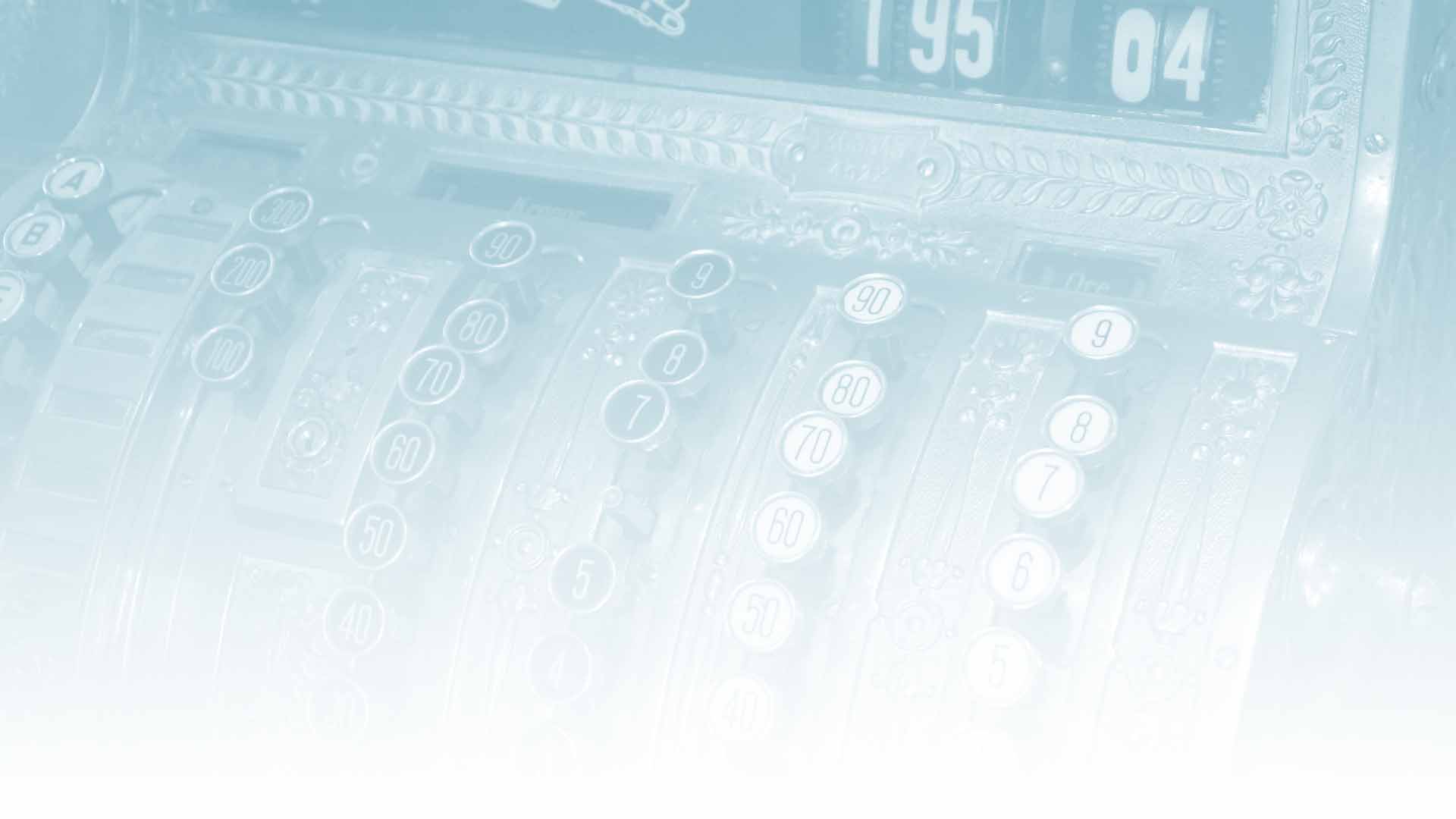
Financial Messaging Unified
Identer Banking Gateway (IDBAG) is a software solution with a capability to solve various connectivity needs of external systems and services, both easily and cost-effectively. Via the Gateway instant payment systems, as well as Request to Pay services and regulatory bank and payment accounts data retrieval systems (anti-money laundering) can be integrated transparently and with minimal development work.

Interbank instant payment service interfaces in‑a‑box
The Gateway enables simple and cost-effective integration to interbank instant payment systems (IPS) and networks. It is an intermediate system between payment service providers and the bank internal back-office systems implementing real-time payment functions. Various separate instant payment services can be connected via single gateway setup and automatic routing and conversion of payment messages allow transparent usage of services, without the need to encounter technical differences of multiple interfaces in the bank internal systems. In addition to instant payment transactions the same Gateway architecture can be extended to effectively cover other existing or future banking messaging purposes, such as Request to Pay (R2P).
At its most ideal form the Gateway acts as a single postbox for all instant payment messages constructed in the back-office system, taking care of possible format conversions and routing to the appropriate target network and service provide IPS. Similarly, IDBAG captures all incoming payment messages, regardless of the source IPS, and trims them to a common format recognized by the bank internal environment before passing further.

 How does it work?
How does it work?
The base setup of IDBAG consists of the Gateway software equipped with built-in support for EBA Clearing RT1 instant payment system via EBICS communications either via public networks or private VPN lines. EBICS – the Electronic Banking Internet Communication Standard – is a protocol specifically designed for secure transactional bank messaging over insecure networks (public internet) and a recommended connectivity option for the EBA Clearing RT1 platform. EBICS usage allows very cost-effective utilization of remote services due to its free nature. No fixed nor transactional transport costs apply for the RT1 connectivity, apart from fees charged by the IPS provider itself. The utilization of public network also maximizes available bandwidth and transfer speed. In parallel with EBICS connectivity IDBAG may also use interfaces to other networks to route payment messages, such as SWIFTNet or SIAnet.
Optionally, IDBAG connectivity spectrum can be extended to cover various cross-border or domestic instant payment systems, ECB TIPS for example. The future Nordic P27 payment architecture is considered in the Gateway design from the start as well. Finnish interbank real-time POPS messaging can be integrated into the IDBAG palette, implementing payment message conversions to and from ISO 20022, taking restrictions applied by the message content into account. In practice this enables possibility to use existing POPS architecture and applications to receive instant payments from the SEPA area, and to use existing POPS systems to send outgoing real-time payments to Finnish participants via RT1. Thus, the POPS emulation option enables rapid RT1 connectivity without immediate need to change internal systems at all.

 What are the core advantages?
What are the core advantages?
- Extensive cost savings on transport level by using EBICS
- High network speeds due to use of public network connections
- Transparency of payment message formats and automatic conversion between different presentations
- Routing to various payment systems and/or transport networks
- Option for quick adoption of RT1 by using existing POPS architecture during the transition phase
 What does it require?
What does it require?
By default, the Gateway can integrate to the bank back-office systems via very easy-to-use HTTP(S) messaging. Optionally, integration to message queue products can be used. ISO 20022 XML message content can also be converted into JSON data presentation and vice versa where necessary.
The IDBAG software can be run on low-cost LINUX hardware or virtual environments without extensive resource allocation. Multiple nodes may be set up for load sharing and failover purposes. The management of Gateway instances is performed via an easy-to-use browser interface, providing functions for the configuration, monitoring, logging and troubleshooting.
Technical requirements for an IDBAG server are very modest at the minimum
- x86_64 LINUX environment (physical or virtual) with at least 2 Gb of memory
- IP network connectivity to public internet * (alternatively private/VPN link to EBA Cl servers)
- IP network connectivity to back-office system(s) *
- IP network connectivity between the Gateway management workstations *
* appropriate firewalling and network isolation precautions should be taken in restricting IP traffic only to addresses and protocols used
The suggested minimal configuration is two production Gateways in parallel, and a single test Gateway.
For RT1 connectivity, in addition to the physical resources a bank membership in the EBA Clearing SCT Inst is necessary, opening access to test and production environments on the IPS service provider side.
Not forgetting other messaging needs...
IDBAG is not only a payment transaction system. The general-purpose nature, plug-in architecture and customisable conversion rules enable various other financial messaging needs to be solved using the same generic platform.
A fresh example is the European Union anti-money laundering directive AMLD5 and related national country-specific requirements for on-line query systems of customer and beneficiary data. IDBAG can be used as the specified interface system, significantly simplifying the implementation of the bank and payments accounts data retrieval system.
We are happy to tell more about this solution.

Tel. +358 400 476 406
juha.backmand@identer.fi